click above image to view more on-the-spot images of the 2008 Toyota Highlander
The last generation Toyota Highlander was one of the first vehicles to utilize a car chassis (from the Camry) underneath the body of an SUV. Today we call them CUVs or Crossovers, but back in 2001, they were just different. As a matter of fact, SUVs like the Explorer and Trailblazer were considered by many to be superior due to their more powerful powertrains, ability to tow large amounts of weight, and relative off-road prowess. In this age of $3 per gallon gasoline, however, Toyota's Highlander has weathered the storm better than most midsize body-on-frame SUVs.
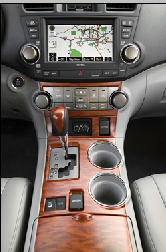
Where the Highlander did come up a bit short was in the looks department. Calling the last-generation Highlander homely would almost be a compliment. The interior, while nicely built with high-quality materials, wasn't very usable, either. To see if Toyota was able to improve upon the boring-yet-successful Highlander, we traveled to Dearborn, Michigan, of all places, where Toyota officially unveiled the Highlander and gave us a chance to drive the vehicle around town.
Make the jump to read on.
The last generation Toyota Highlander was one of the first vehicles to utilize a car chassis (from the Camry) underneath the body of an SUV. Today we call them CUVs or Crossovers, but back in 2001, they were just different. As a matter of fact, SUVs like the Explorer and Trailblazer were considered by many to be superior due to their more powerful powertrains, ability to tow large amounts of weight, and relative off-road prowess. In this age of $3 per gallon gasoline, however, Toyota's Highlander has weathered the storm better than most midsize body-on-frame SUVs.

Where the Highlander did come up a bit short was in the looks department. Calling the last-generation Highlander homely would almost be a compliment. The interior, while nicely built with high-quality materials, wasn't very usable, either. To see if Toyota was able to improve upon the boring-yet-successful Highlander, we traveled to Dearborn, Michigan, of all places, where Toyota officially unveiled the Highlander and gave us a chance to drive the vehicle around town.
Make the jump to read on.
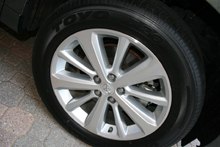
The Highlander has improved appreciably in many areas, the most significant of which is the inside.
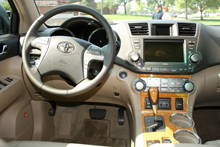
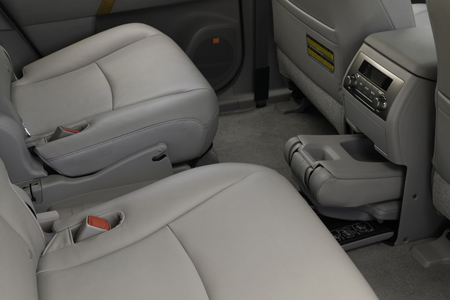
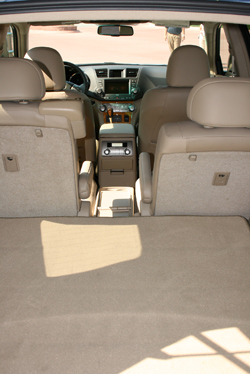
Toyota also added a power lift-gate and the ability to open the back glass on the hatch, both of which are items that were high up on the list of requests from customers. The one beef we had with the Highlander's interior packaging was the total lack of usable space when all three rows are upright. When there are seven people in a vehicle at the same time, those people generally have a lot of stuff, and without any trunk space, everything hits the floor or stays in people's laps. That's not comfortable, and in an accident those items could be dangerous. There are actually plenty more enhancements to make the 2008 Highlander one of the best-packaged interiors in the business, so we've added video from the Toyota presentation below.
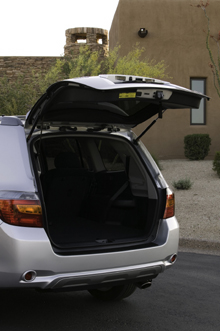
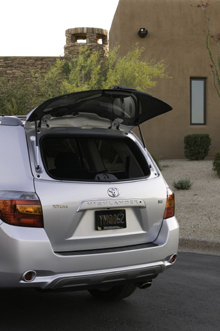
Our drive-time in the Highlander gave us the impression of a smooth, comfortable ride without much to get excited about. The 3.5L V6 had pep, but the steering was predictably light. The added girth and size was well hidden, as the 2008 model felt no larger than its predecessor.
Toyota will undoubtedly sell a whole bunch of Highlanders to families and empty-nesters, as the interior packing coupled with stellar active and passive safety features will be very appealing. We look forward to having some time with the Highlander in the Autoblog Garage for a longer look.
The video meant to be presented here is no longer available. Sorry for the inconvenience.


Sign in to post
Please sign in to leave a comment.
Continue